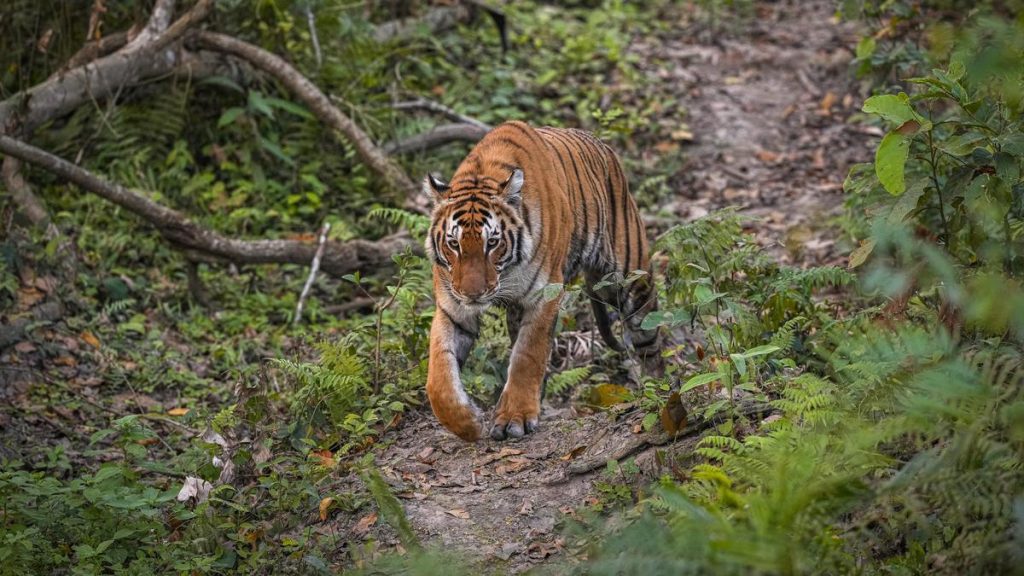Now Reading: Ancient Wasp Likely Used Tail to Trap Flies, Study Suggests
1
-
01
Ancient Wasp Likely Used Tail to Trap Flies, Study Suggests
Ancient Wasp Likely Used Tail to Trap Flies, Study Suggests

Fast Summary
- Discovery: Extinct wasp species Sirenobethylus charybdis, preserved in amber, displays a unique trap-like abdomen used to immobilize other insects.
- Amber Origin: The specimens where found in Myanmar’s Kachin region and date back approximately 99 million years to the Cretaceous period.
- Unique Anatomy: Female wasps had abdomens comprising three movable flaps, likely used as a grasping structure resembling a Venus flytrap mechanism.
- Behavior Indication: Hair-like sensory structures on the abdomen suggest ambush behavior for capturing prey to lay eggs on them.
- Scientific Analysis: Researchers compared characteristics with living parasitoid Chrysidoidea species like cuckoo wasps, which parasitize hosts during larval advancement.
- Research Techniques: Micro-CT scanning was applied to analyze 16 preserved specimens.
- Significance: Experts regard this as a novel evolutionary adaptation among parasitoid insects answering how hosts were immobilized while eggs were laid.
Images:
- Specimen of Sirenobethylus charybdis encased in amber – [Qiong Wu]
- Grasping structure (three abdominal flaps) – [Qiong Wu]
Stay Informed With the Latest & Most Important News
Previous Post
Next Post
Loading Next Post...
























